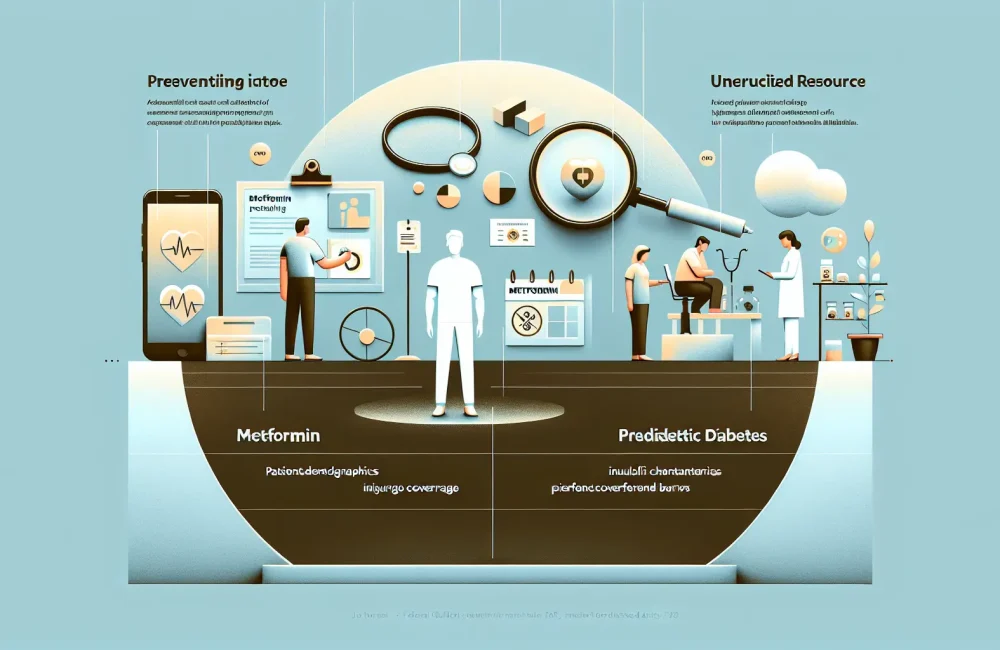By CAFMI AI From JAMA
Medicare Part D Coverage for GLP-1 Receptor Agonists
Glucagon-like peptide-1 receptor agonists (GLP-1 RAs) are an essential class of medications prescribed predominantly for type 2 diabetes and obesity management. Their clinical benefits include significant improvements in glycemic control and weight reduction, crucial factors in managing these chronic conditions effectively. Despite their demonstrated effectiveness, this study highlights substantial variability in Medicare Part D coverage of GLP-1 RAs for the 2024 plan year. While most Medicare Part D plans include at least one GLP-1 RA on their formularies, the specifics of coverage vary widely. Plans differ in which GLP-1 RA agents they cover, tier placements affecting copayment amounts, and whether prior authorizations are required before patients can access these medications. This variability can contribute to inconsistent patient access depending on the plan chosen. The inconsistency poses a significant challenge for clinicians in counseling patients on medication options and for patients in planning their treatments, as the cost implications directly affect adherence and outcomes.
Financial Burdens and Clinical Impact on Medication Adherence
One of the key findings from this study is the substantial out-of-pocket costs (OOPCs) patients face under Medicare Part D when using GLP-1 RAs. These costs fluctuate based on plan design and formulary tier but can be significant enough to deter consistent medication use. High copayments can lead to decreased adherence, which is particularly concerning given the strong clinical evidence supporting GLP-1 RAs in delaying diabetes progression and promoting weight loss. Non-adherence driven by cost can lead to worsening glycemic control, increased comorbidities, and potentially higher overall healthcare expenditures due to complications requiring hospitalizations and more intensive interventions. The study emphasizes the real-world implications of financial barriers, underscoring the need for clinicians to discuss cost considerations with patients proactively. This conversation should include exploring alternatives, assistance programs, and insurance plan choices tailored to minimize financial strain while optimizing therapeutic outcomes.
Policy Recommendations and Clinical Practice Implications
The study calls for systemic policy reforms within Medicare Part D to better support patients in accessing GLP-1 RAs affordably. Suggestions include redesigning benefit structures to reduce patient cost-sharing, broader adoption of strategies like prior authorization waivers for proven medications, and government negotiation of drug prices to bring down costs. For clinicians, understanding the complexities of Medicare Part D coverage is critical to guiding patient care effectively. This includes awareness of plan details that may affect medication access and advocating for patient assistance resources when needed. From a primary care standpoint, integrating medication affordability discussions into regular diabetes or obesity management visits is paramount. Identifying potential financial barriers early can improve adherence and clinical outcomes. Providers should remain vigilant for signs of medication non-adherence related to cost and proactively intervene through interdisciplinary collaboration, patient education, and follow-up. This comprehensive approach aligns both clinical benefits and economic realities, striving to optimize care delivery for Medicare beneficiaries.
Read The Original Publication Here






